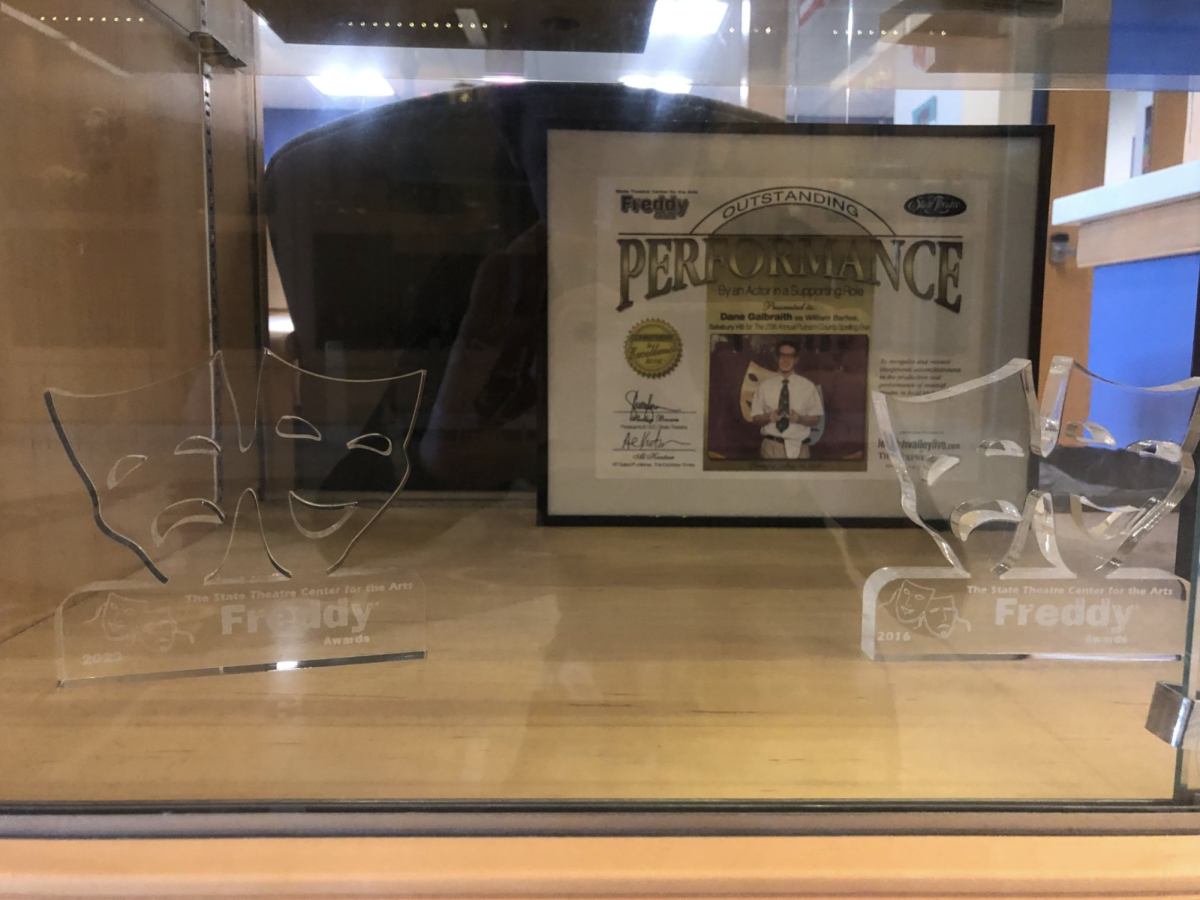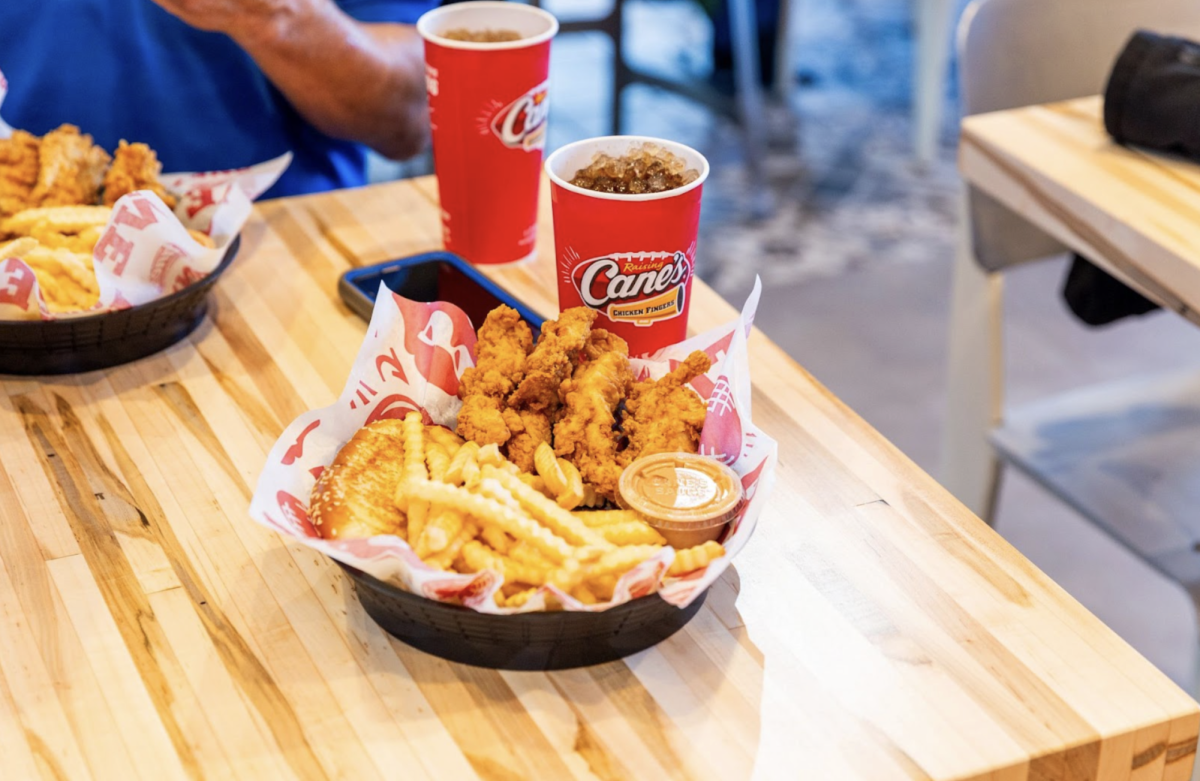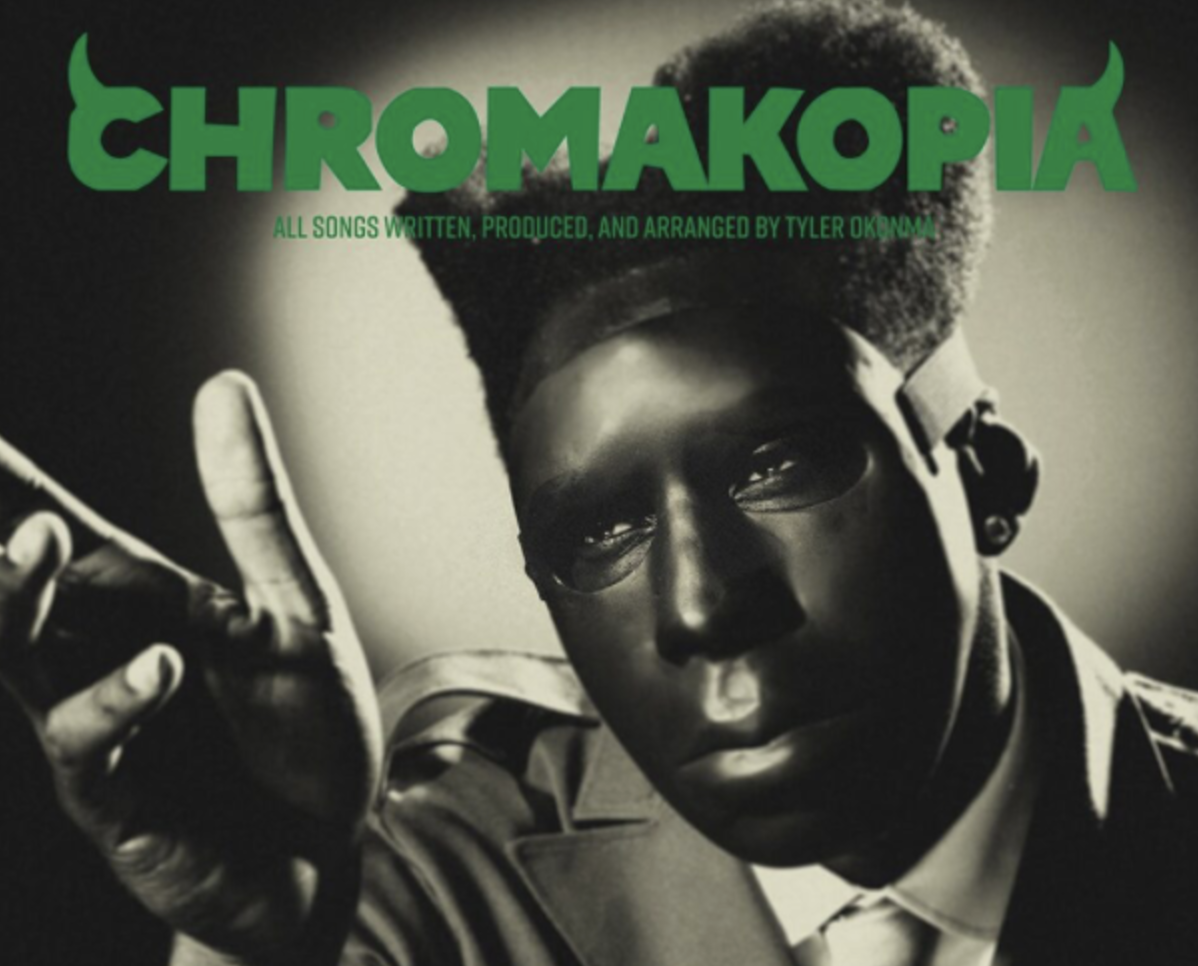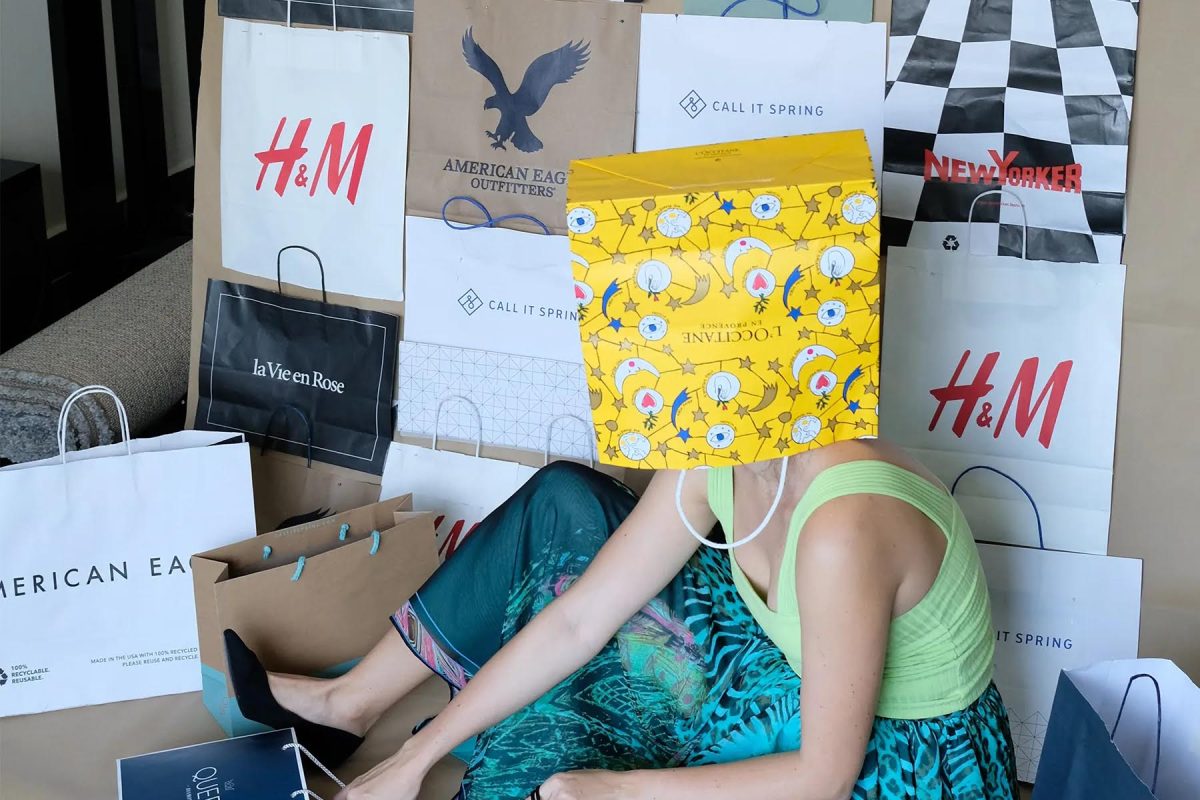The effect that fast fashion has on the economy, labor workers and consumers is unlike any other problem. With brands like Shein, Fashion Nova, GAP and Charlotte Russe that make clothes so quickly, people expect to have the style of clothes they want right away for cheap.
Fast Fashion includes brands that sell clothes and accessories that are being introduced, produced and sold quickly and cheaply. They’re specifically sold to be replaced and thrown out more quickly than high-end fashion brands.
Fast Fashion includes brands you’d find in the mall, like Forever 21, Hollister, Zara, and H&M, as well as online brands like Shein. Some stores like Target are also considered Fast Fashion.
It’s obvious that Fast Fashion could have harmful effects on everybody and everything.
For example, it has long-term effects on our environment because of all the wastelands of discarded clothes. Just because you threw away clothes from your house, doesn’t mean you shouldn’t worry about it anymore, all those clothes get thrown somewhere else on the planet.
However, clothes aren’t the only problem. It’s the cheap, plastic packaging that they use for every small piece of clothing. A small necklace doesn’t need to be put in a plastic bag, and then a larger plastic bag with the brand logo plastered all over it.
Another example are labor workers. Most products are manufactured in China because of the low labor laws that they have. Many labor workers have held protests about how dangerous working in large factory warehouses with rare breaks can be.
In another way, it’s not the workers’ fault for making the clothes, they get paid an average of 3 cents for every product they produce. They’re trying to make a living out of their job the way most Americans do, but the labor laws are so different across the country that there’s no other choice than to work in such a terrible atmosphere.
An example of this are the textile workers. “According to the International Labor Organization (ILO), in 2019 women made up some four-fifths of textile workers, many in countries with high poverty levels such as India, Pakistan.” The Fast Fashion article on Gale states. The paragraph goes on to discuss the exploitation of child labor workers producing cotton. It’s one of the most hazardous forms of labor because of the harsh chemicals and conditions that they’re exposed to.
Another example is the effect of online clothing stores. “A Congressional Select Committee report published in June 2023 identified Shein and Temu, both based in China, as using forced labor that targeted Uyghurs and other ethnic minorities in the Xinjiang region.” The same article on Gale states. This clearly shows that online stores don’t care about who is working for them, or how they’re doing as long as the company owners are earning money.
“Zara’s success in the US market signaled the impending explosion of fast fashion and was replicated by companies such as H&M and Forever 21, revolutionizing the US apparel industry during the first decade of the twenty-first century.” This shows that popular fast fashion brands that started in the late 1980’s, shaped the way all other fast fashion brands were created.
As an illustration, when quarantine hit, the percentage of U.S sales for Fast Fashion companies rose to 100 percent. We didn’t really have a choice to go out to in-person stores, but after a year of doing almost everything online, everyone realised how easier it was to order clothes online. You don’t have to communicate with anyone in-person and you don’t have to try any clothes on.
An example of this are the recycled consumer textiles in the U.S.“In 2022 the US Environmental Protection Agency (EPA) reported that just 14.7 percent of consumer textiles were recycled in the United States in 2018, with most of the rest being sent to incinerators or landfills.” States the Fashion Fashion article from Gale.
The Changing Markets Foundations found that people can wear clothes only 7 times before getting rid of them.
As a result, if you stop shopping from all the stores that were listed, some people don’t know where else to shop, especially if they’re on a budget.
But there are many solutions to this problem, for example, going to thrift stores and buying clothes second-hand. Even if you find fast fashion brands at a thrift store, you can still buy it because you’re not supporting the brand, you’re helping to save clothes from going to a landfill.
Most of the time, buying clothes second-hand is cheaper anyway.You can go to local thrift stores or more known thrift stores like Goodwill and Salvation Army. There are also online thrift stores and apps like Depop in case you can’t reach an in-person thrift store.
And if you ended up not liking the item as much as you did when you bought it, you can up-cycle them. This means you can cut the shirt in any way you want, you can add patches or embroidery to make them more unique to your style.
































